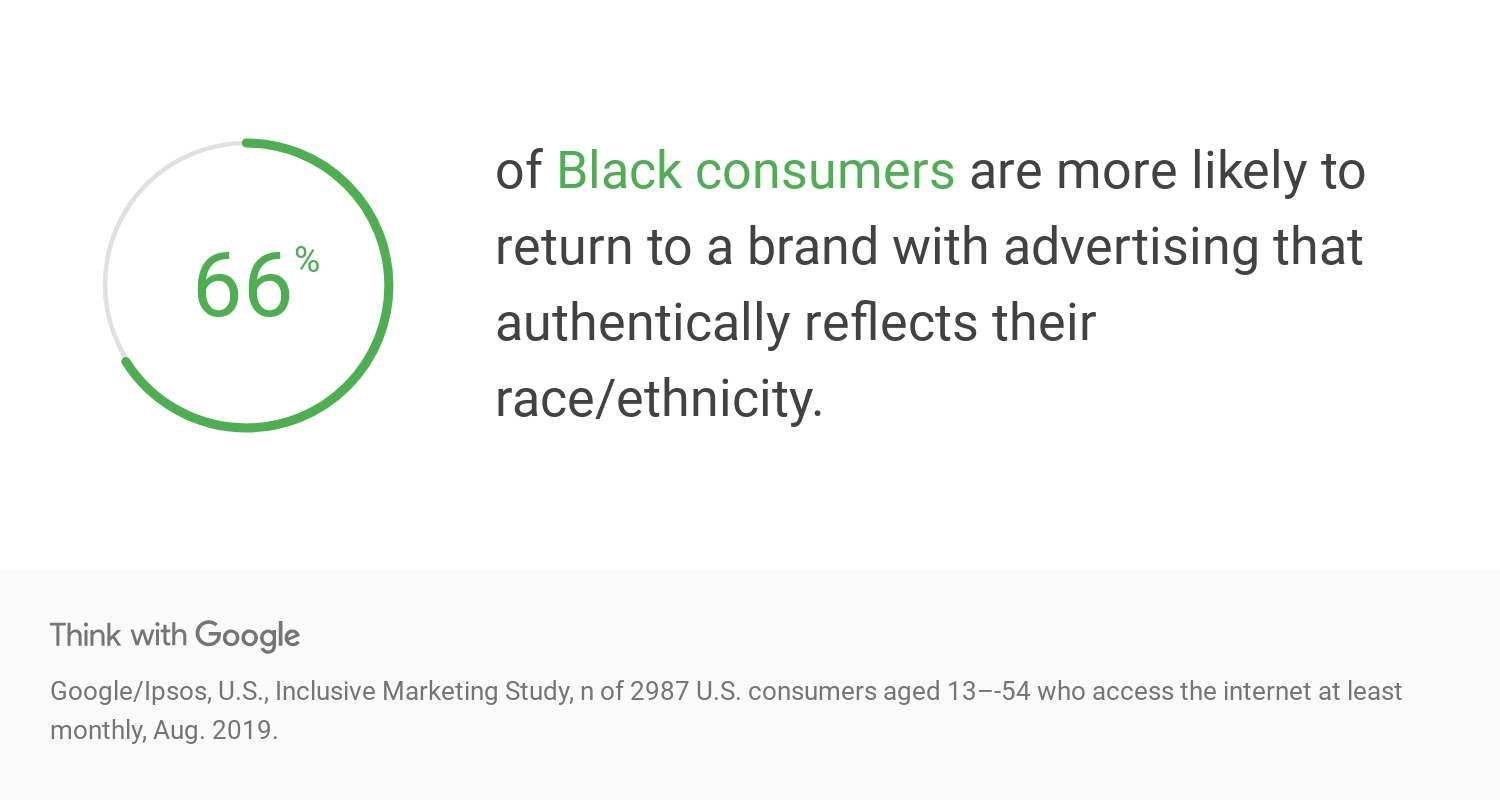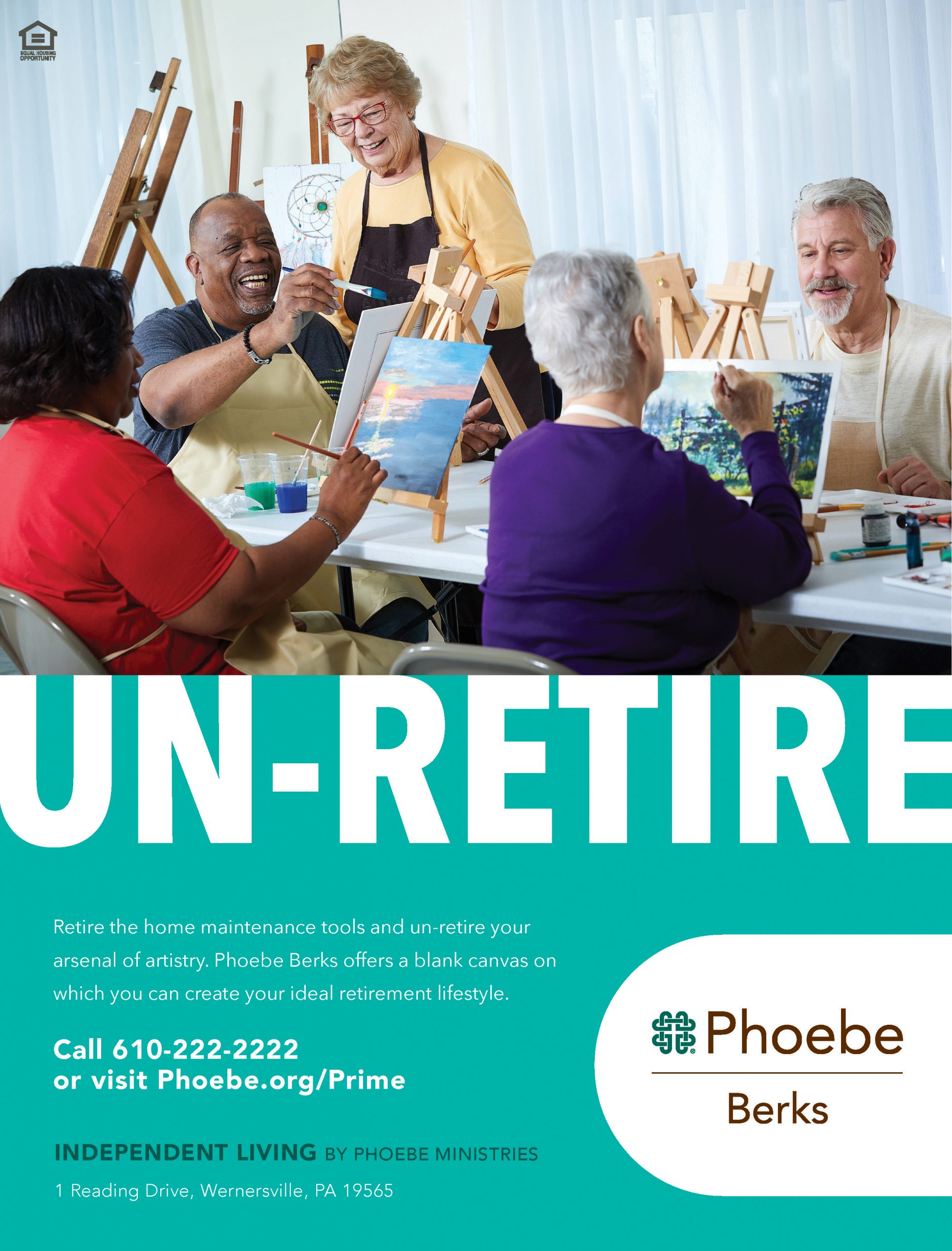They go beyond policy and encompasses all aspects of our daily lives, including our professions. These times have forced businesses in every industry to take another look at themselves and the attention — or lack thereof — that they’ve paid to the interests of underrepresented groups.
Marketers as a whole, whether in 55+ housing/senior living or any other industry, haven’t always done the best job at promoting diversity in advertising. Here’s a look at why diversity in advertising is important and the steps you can take to ensure better commitment to inclusivity.
What Diversity in Advertising Looks Like Today
What makes you purchase a product? Typically, it’s something you can see yourself using and the imagery the company puts forth in its advertising should reinforce that. But, according to a survey conducted by Adobe, as many as 120 million Americans — especially Blacks, Asian Americans and Latino/Hispanic Americans — don’t feel they’re represented in advertising, and say it has an impact on them and which products they purchase.
If you were to Google “senior living ads” at this moment, what do you predict you would find? If you predicted the results would be majority white, you are correct. Many times, this happens unconsciously — our agency is guilty of it too at times. We pick an image that embodies the message we’re trying to send to prospects. It just so happens that the people in the image are white. But we’ve also seen resistance to using diversity in senior living and active adult ads and can only ask ourselves “why?” Why are some communities so reluctant to appeal to a broader audience, and what can we do help them embrace diversity in their advertising?

What Steps Can We Take to Improve Diversity in Advertising?
Several companies — senior living, 55+ and otherwise — are making the grade and going above and beyond when it comes to diversity in advertising. Those are the companies consumers are most likely to make their final purchase decisions with.



1. Understand the Different Types of Diversity
While the focus of this post has been on racial and ethnic diversity, diversity extends beyond simple demographics. It encompasses sexual orientation, disabilities, socioeconomic status and more. While we advocate for making a conscious effort to include people of color in more ads, we also encourage you to consider the other types of diversity as well.
So many communities put the equal housing opportunity logo on their ads, yet when was the last time you saw a same-sex couple represented? These are the aspects we all should be taking a second look at before sending that next ad to press.
2. Avoid Tokenism
There’s a fine line between diversity and tokenism. Most definitions of tokenism focus on the workplace, so a definition as it relates to advertising can be difficult to come by. But this definition does adequate job of defining it:
Tokenism is superficial; it is diversity without a commitment to inclusivity. It is a show where marginalized people are used as props for the benefit of the company.
The effort to include diversity in your advertising shouldn’t feel like a race to meet some undefined quota. You don’t need to count the number of underrepresented people in your ads. Doing so misses the point of these diversity in advertising discussions, which is to get to a place where diversity occurs naturally.
3. Take a Look at Your Team
As humans, it’s our natural tendency to gravitate toward people who look and think the way we do. One of the downsides of this tendency is that when we’re only working beside people like us, they’re more likely to reinforce our way of thinking and our unconscious biases.
While the most qualified person deserves the job, looking at ways to diversify your team is another step you can take toward being more inclusive in your advertising. The caveat here is that the people who make your team more “diverse” are not the people who should be doing all the legwork when it comes to increasing cultural intelligence. It should be a team effort in which their input, and that of rest of the staff, is considered.

4. Ensure Copy Matches the Imagery
As the old saying goes, “a picture is worth a thousand words.” But when it comes to diversity in advertising, copy and imagery hold the same weight as one another. As you work toward creating more inclusive campaigns, it’s important to ensure you don’t create a disconnect between the imagery and the copy.
Without realizing it, there could be elements in your ad copy that have the potential to limit your appeal to a broader audience, even if you’ve put the effort into making the imagery more representative. It’s best to limit — or avoid altogether — slang, euphemisms, gender-specific language, casual phrases or language that emphasizes physical or mental disabilities.
5. Don’t Force Diversity
In an attempt to commit to creating more diverse advertising campaigns, it’s possible to get caught up in the checklist aspect of it all.
Does this ad have one black person? Check. How about one military vet? Check. Is the LGBTQIA+ community represented? Check. There’s no need for this type of checklist to become part of your creative process, and it has the potential to create the tokenism problem mentioned previously.
We’re working toward arriving at a point where diversity is second nature — a point where we don’t have to think about whether or not our advertising is inclusive. There’s nothing wrong with having only one race or ethnic group in an ad. The issue begins when they’re all that’s represented in your ads. People will notice, and those who feel your product doesn’t represent them will shy away from it.
Here’s some food for thought for your next ad. The image that you’ve chosen for it — the one that showcases how social your community is and has several people who all look alike gathered together — would you be able to get the point of the ad across with a more diverse group in the picture? This is what we should be considering as we work to increase diversity in our advertising.
In the end, diversity in ads does lead to a better consumer perception of your brand, and in turn, increases in revenue. But for those truly committed to leading the way when it comes inclusive advertising, it’s about much more than that. It’s about showing better understanding and representation for different people, different lifestyles and different ways of thinking.




